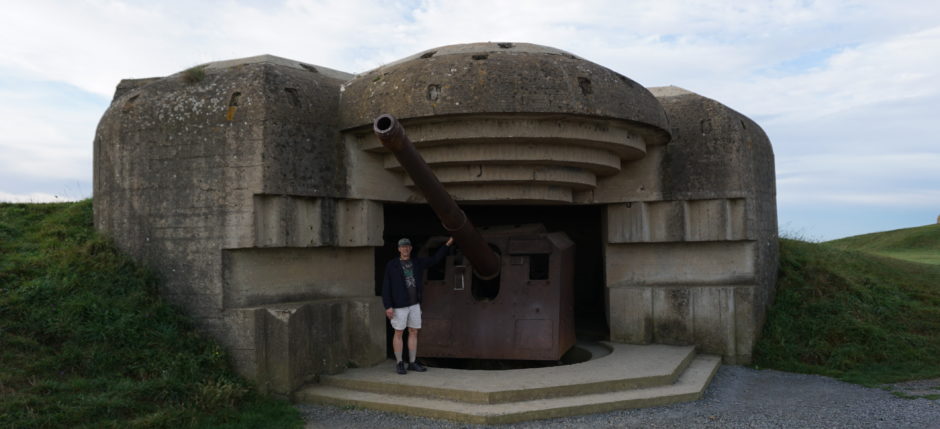
Normandy
I’m still catching up on all this blogging! After my parents met up with us in Paris, the four of us took a train down to Bayeux, Normandy to see the famous WWII D-Day Allied landing sites. Matt had to stay back and work, but my parents and I took a really great (if quite long) guided tour around various landing sites and decisive battles. If you do get a chance to visit this area, and I highly recommend that you do, getting a guide will make the experience much richer.
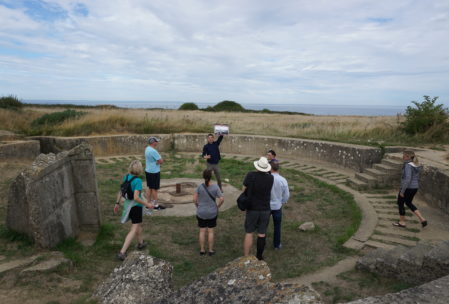
this thing used to be a bunker with reinforced concrete 6 feet thick protecting a munitions supply, until some intrepid American Rangers blew it up.
Unless you’re a crazy history buff, which our guide thankfully was, you won’t really be able to appreciate just looking at the beaches on your own. Because they’re just that: beaches. In the middle of the summer they had been filled with tourists and sunbathers.
Life has moved on in Normandy, but for those who want to remember all the amazing stories of a crucial point in the war and see where so many sacrifices were made, a guide can tell you, hey, that concrete bunker over there used to hold a gun that could shoot several miles out to sea, and here’s what happened the morning of the invasion right on this very spot. There are some relics left behind, though!
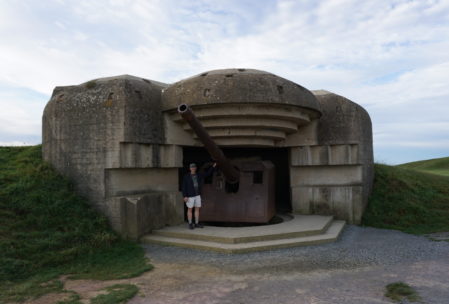
the shells for this long range gun weighed 90 lbs a piece. They had thousands of these bunkers stationed all the way from the top of Scandinavia down to Spain, called the ‘Atlantic Wall’. One of the first tasks on D-Day was taking these things out.
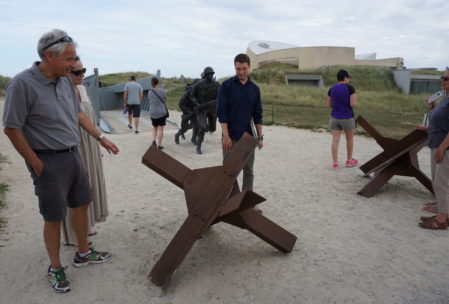
These obstacles were laid by the Germans on the beach to force the Allies to land at low tide (high tide would have meant these were underwater and would damage any boats). Landing at low tide meant far more casualties while soldiers struggled to get on beach under enemy fire.
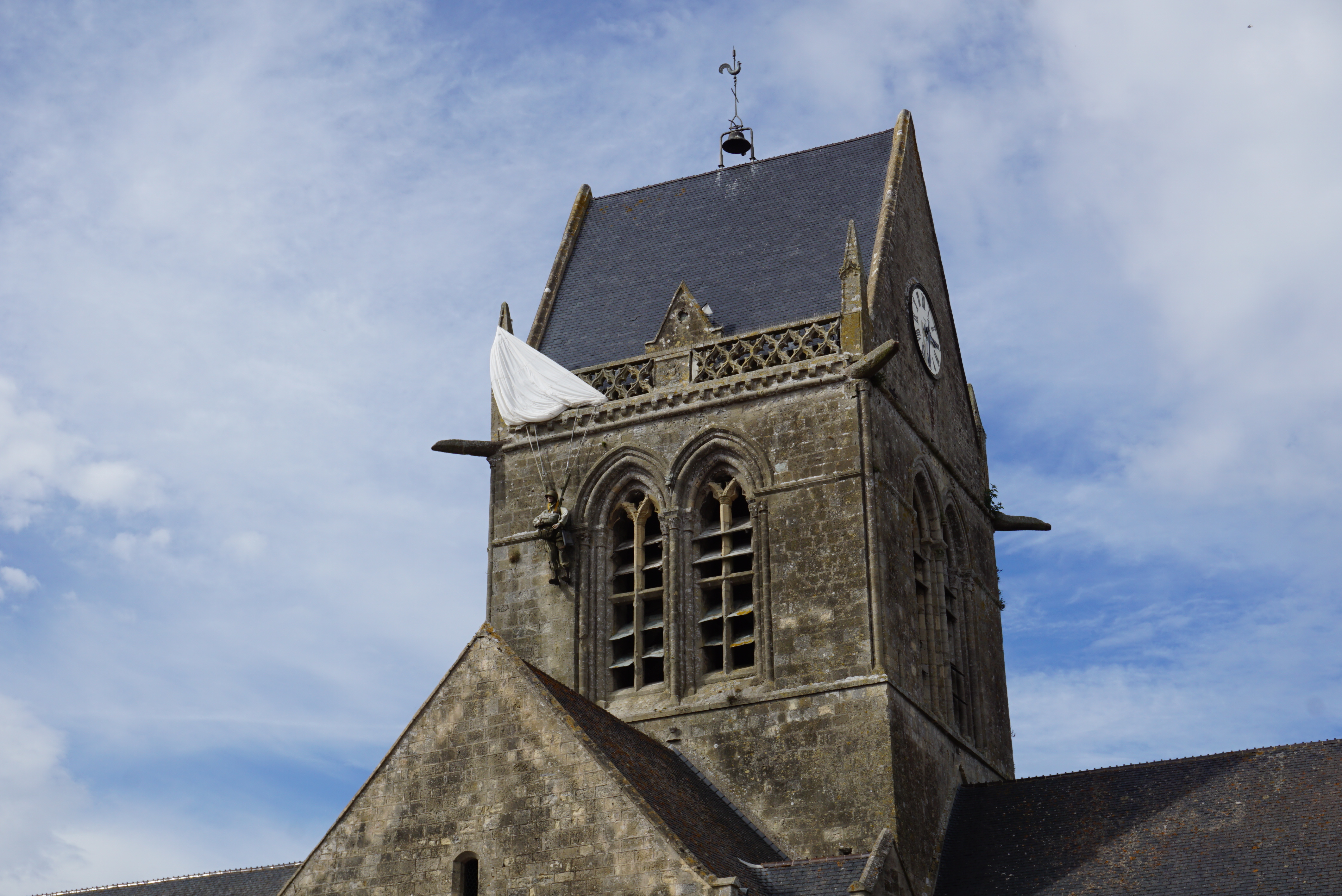
Ok, so while the dummy isn’t a relic, it’s a reminder from the movie “The Longest Day” that an American parachutist named John Steele got stuck on a church in Sainte-Mere-Eglise. Like thousands of others, he was dropped in completely the wrong spot due to weather obscuring the drop zones. On top of this church. Right next to a burning building that the whole town was out observing. And next to some Nazis. He tried to play dead, was caught by the Nazis and eventually escaped.
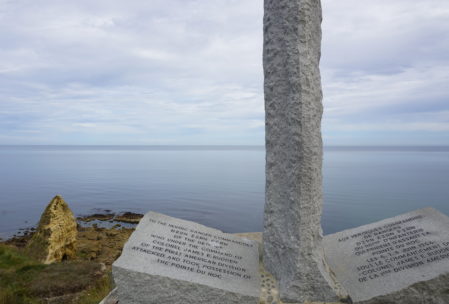
One of the most daring stories was a group of Rangers who drifted off course during the beach landing, scaled a 100 ft cliff at Pointe du Hoc with their bare hands (the ladders they brought didn’t work), surprised the Nazis at the top, destroyed all the long range guns they found and held the point for 2 days.
Unfortunately no one on our tour had a family member who had served (or at least knew what unit they’d served in) but those that do can provide the information to the tour company and they can help them retrace exactly where their movements were, and even uncover some stories about what happened to those men.
The American cemetery is beautifully put together and very respectful.
The most touching story was saved until the very end. Two American medics ended up stranded in a little church, tending to their wounded. When their friends were cut off and the area fell back into German hands, they saved the lives of all of their patients by offering to take in wounded German soldiers as well. In spite of so many setbacks (dozens of men for just two medics, attacks that caused large masonry to fall and just barely miss them, a shell that landed inside and thankfully didn’t go off) they managed to hold the place for three days and keep the peace until reinforcements came. You can still see the blood stains on the pews from the wounded men. Both men were honored by the French and American governments and one chose to have his ashes sent back to be buried in the churchyard.
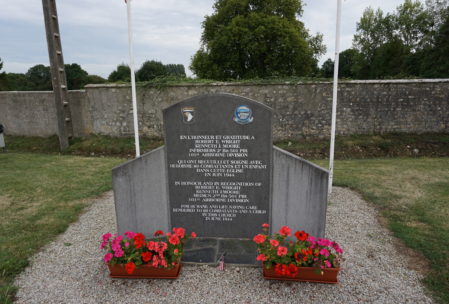
Now, as for Bayeux. The local cathedral is absolutely jaw-dropping. Because Bayeux wasn’t a crucial spot, it wasn’t razed to the ground the way other nearby towns were.
Reading Monuments Men ahead of time was enriching. It’s a fantastic book about the company of museum curators and art experts who followed the Allied invasion in-land and attempted to capture, recover, restore and prevent major artworks, monuments and historical sites like this church from being blown up. Unfortunately we didn’t have time to see the Bayeux Tapestry on display, but it’s a very famous and extremely old tapestry depicting the Norman conquest of England by William the Conqueror. It was taken by the Nazis, as hundreds of thousands of items were, but thankfully recovered in storage at the Louvre just after the Allies took back Paris before they had a chance to move it to Germany.
And of course, if you’re in Normandy you have to try a few food and beverage items:
Cider and Calvados:
The hard cider is lovely, and apple trees are well suited for this climate so you’ll not only find this but also an apple brandy called Calvados. The Allied troops were so in love with this very strong liquor that they would trade cigarettes and other rationed items after the liberation of France just to get their hands on it. If you’re eating a large meal in Normandy with multiple courses, it might go something like this. I’ve only done this once, when I studied abroad in college and lived with a host family, and it’s enough to send anybody into a coma:
Aperitif cocktail and snacks > soup or other appetizer > fish course > meat course > salad course > cheese plate > dessert > coffee > digestif cocktail. There will be wine flowing throughout. In the middle of the meal you have a shot of Calvados to cleanse your palate and, supposedly, clear a spot in your stomach for more food. This is called le trou Normand (the Norman hole). And then? A nap.
Galettes and crêpes:
Most Americans don’t have the joy of having eaten a galette, but they’re a savory crêpe sarrasin, meaning it’s made with buckwheat flour. You’d fill it with anything, but the most traditional filling is Emmenthal cheese, some good slices of ham, and a cracked egg that’s served sunny side up and just set. It’s heaven. Then the sweet crêpe, of course. My favorite is a good sea salt caramel sauce, because Normandy is known for their happy cows, delicious butter and amazing dairy products.
C’est tout, mes amis. Bonne nuit, et faites de bons rêves des crêpes.
Categories: France
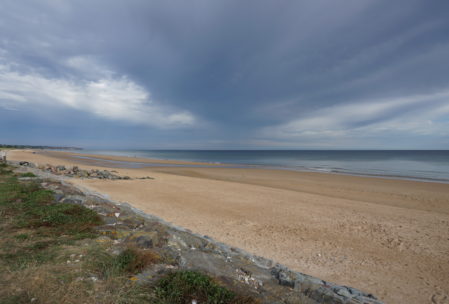
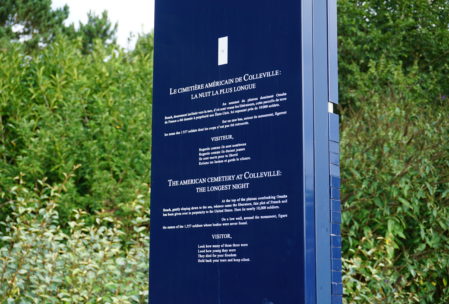
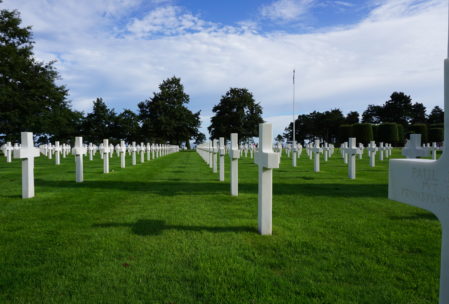
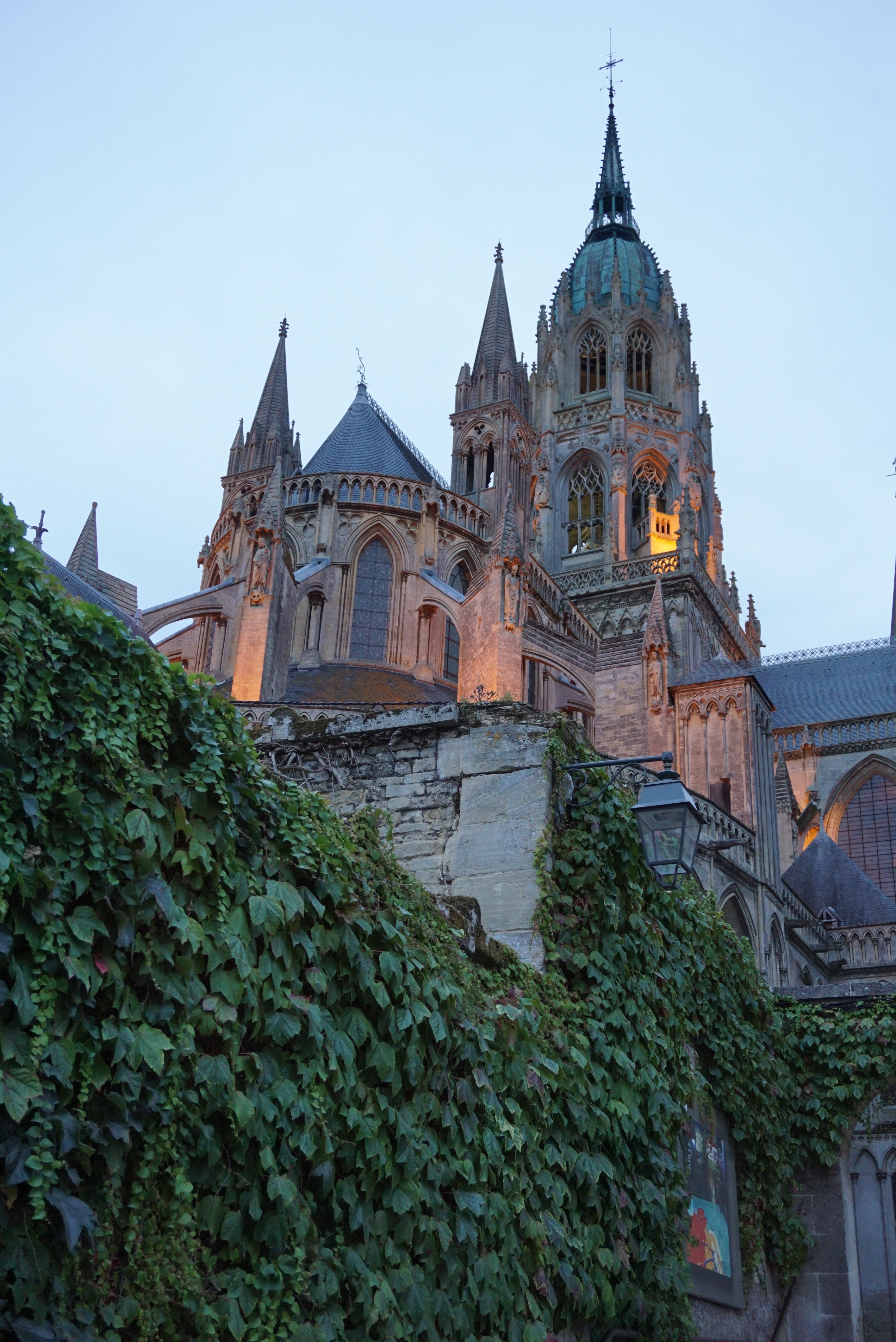
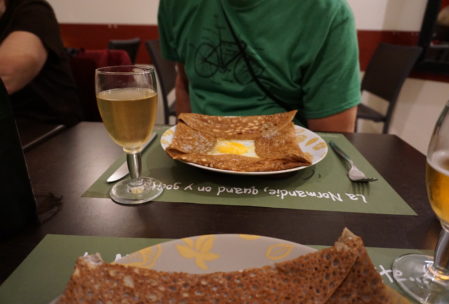
Great trip!!!!!!